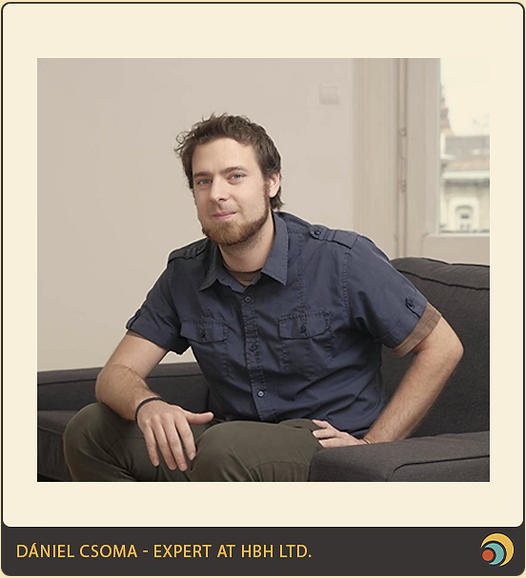In the month of COP26, a lot of attention is on world leaders – and rightly so: we need a global political leadership that equals the challenges of the climate emergency. But while focus on prime ministers and presidents is correct, it is hardly enough: a lot will depend on local political leadership – mayors, municipal councillors, regional leaders – and their cooperation with local businesses.
We need a greener housing stock, greener transportation (such as more cycle lanes, improved public transportation and reduced car-based mobility), better use of energy. As much of this is in the hand of municipalities – large cities in Europe often own their municipal companies, often own housing, and normally control transportation – how municipal leadership can embrace a greener future and cooperate with local stakeholders will be key to a green transition.
In other words, municipalities should work – and quickly – on greening their real estate stocks as well as on encouraging homeowners and private property developers to green their own properties as well – for example by heat insulating older housing stock. To push for greening in the energy grid, but also for the widespread adaptation of solar panels on rooftops and of positive energy districts. To preserve and restore wildlife and natural habitats.
However, in order to do so, municipalities need significant financial resources: green transition won’t come free. However, small and medium-sized municipalities do not have the necessary resources, nor can they access private investors or other kinds of private financing. Thus, they find themselves in an impossible position: they are expected to contribute to green transition but are unable to do so.

This is where the European City Facility (funded by Horizon 2020) can support small and medium-sized municipalities. EUCF supports the development of investment concepts. Such investment concepts will allow investors to quickly assess investment projects, therefore supporting municipalities to find investors in their green projects. Investment concepts involve a description of the planned project, a description of supporters and stakeholders, legal, economic and financial analyses as well as a timetable.
EUCF supports municipalities through a €60,000 financial contribution, as well as through technical assistance, capacity building and standardised tools.
What can these investment plans achieve? As Dániel Csoma, an EUCF expert at our friends at HBH Strategy and Development explained us, there are no limits on what municipalities can propose. For example, home insulation projects, the creation of positive energy districts, or the energy efficiency of municipality buildings themselves can be part of projects. Others have proposed making their district heating systems geothermal energy based.
Local circumstances should also be taken into account. One municipality in Hungary has proposed to use a land area that could not be built over (or be planted with trees) as a solar farm (thus solar panels don’t take up space from other uses).
Similarly, EUCF is open to many different means of financing. The most straightforward is to find national or EU funding for the project, or to use municipal funding if available. However, other forms of financing can be used. One project idea Csoma is familiar with concentrates on involving major companies active in a retail park into a positive energy block, with an eye of common financing. Raising funds from local residents is also an option for projects. These modes of financing can also have the further benefit of making local stakeholders invested in the success of their projects.

As none of these funding sources are guaranteed, EUCF doesn’t require the funding to be paid back if the project isn’t delivered.
So, what do municipalities need to focus on to be successful in EUCF? They need to be brave and innovative. This might mean novel solutions or dreaming big and trialling solutions that are not normally used by municipalities of a given size. Accordingly, EUCF has a bias for expensive projects – which might be a problem for cash-stripped municipalities.
So what was delivered by EUCF? As Csoma explained, so far, none of the project results are publicly available, even if he expects many of them to become available later on. However, as the programme is still new, there are so far no success stories to be spoken about.
Committed municipalities, however, should bear in mind that the scope of EUCF is rather limited, as it is only focusing on energy transition. Successful green transition should go beyond energy issues. And this in turn returns us to our starting question: municipalities still need money to deliver on their green goals.
Truth be told, EUCF alone will not solve the issues facing municipalities as the world transitions to a more sustainable way of living. However, energy transition is an important part of that, and EUCF can prepare municipalities to be better equipped to deliver their energy transition projects. If we want to deliver on the commitments of COP26 and save our natural environments, EUCF is a good way to start.

Dániel Csoma has worked on many EU and state-funded projects in Hungary as project manager or coordinator, and also as an expert of project preparation. These projects have focused on integrated and sustainable urban development, #green, community-focused and #cultural development, employment, healthcare and improved #local economy, as well as the development of industry parks. Previously, he had worked in the Hungarian Ministry of Interior, as a territorial development expert at an architectural firm, and as a climate expert at a clean energy company.
